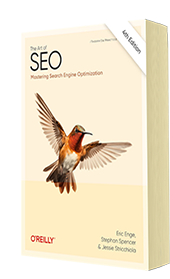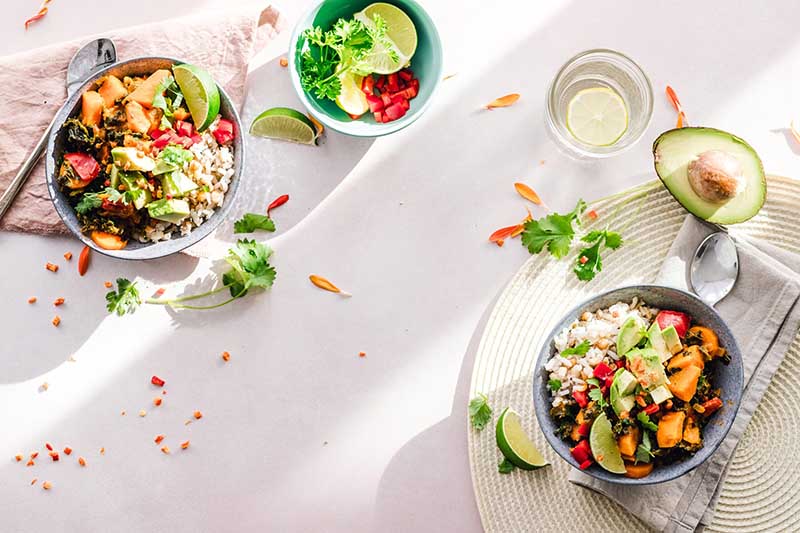Your Web Site Should Not Need a Manual
Usability. Boring but crucial, it’s about making your website easy and intuitive to use.
Users shouldn’t need to learn how to use your site. Put stuff where people expect it. Don’t put the navigation bar on the right or the bottom (www.fullyequipped.co.nz); or make non-clickable content indiscernible from clickable content (see www.sinalei.com). Don’t force users to hover their mouse over a button to see what it does (like the old bottle cap navigation on www.coke.co.nz). And never obscure the user’s browser toolbar (the bit that contains the back, forward and refresh buttons) like www.max.co.nz.
Designers like to show off and be different, but different isn’t always better on the web so be prepared to reel in your designer.
Here are some tips:
- Have a search function on your site. Many people prefer searching by keyword rather than browsing.
- Don’t have a “Flash” intro – a multimedia presentation that’s played upon entering your site. Your website is not a television commercial. If you had to sit through an ad every time you phoned a supplier, you’d soon be taking your business elsewhere.
- Keep the navigation consistent across your site.
- Include navigation on every page of your site. Visitors may find your site through a search engine so will not necessarily enter through your home page.
- Place a “Contact us” link on every page. Don’t just link to your email address, provide a fill-in form, telephone number and postal and street address.
- Use “breadcrumb navigation” to show the viewed page’s category and subcategory. Make each of those category levels a clickable link. Essentially you’re leaving a trail for users to follow so they can jump back a category or two without continually using the “Back” button. For example, at the top of its billing requests page, www.telecom.co.nz displays: Home page > Personal > How can we help? > Help with your bill > Billing requests.
- Don’t use “frames”, where parts of the web page scroll but others stay fixed. Frames make it difficult, if not impossible, for users to bookmark your pages. Try bookmarking the membership page on www.aa.co.nz, for instance. Search engines don’t like frames, either.
- Name things intuitively. www.coke.co.nz has a section called “Spill It” – not helpful.
- Minimise the number of clicks required to perform important functions on your site, such as placing an order or making an enquiry. Amazon’s “1-Click Ordering” is the epitome of efficiency.
Want more? Read Don’t Make Me Think by Steve Krug, and Designing Web Usability and Homepage Usability by Jakob Nielsen.
By Stephan Spencer. This article first appeared on Unlimited in February 2003.

Chapter 6:
Keyword Research
From the fundamentals of link building to the nuances of natural linking patterns, virality, and authority.
Related Posts

Embrace Journaling, Tackle Tardiness, and Explore Our Energetic Echo
Here’s what I found inspirational, challenging, or just downright hilarious this week. What caught your eye? And, remember to check out this week’s great podcast episodes: Scaling a SaaS Company with Jason Morehouse “A crucial factor to business success is to find and take the personal path that works best for you.” — Jason Morehouse […]
Read More
Harrison’s harmony, conquering a blank canvas, & gut health hacks
Here’s what I found inspirational, challenging, or just downright hilarious this week. What caught your eye? And, remember to check out this week’s great podcast episodes: Be a Sales Game Changer with Fred Diamond “True elite sales professionals develop a dedicated mindset, proactive client interaction, and continuous self-preparation. They understand their client’s needs and enable […]
Read More
Rebirth of sleeper trains, 4,000 weeks is a long/short time, and golden age for medicine
Here’s what I found inspirational, challenging, or just downright hilarious this week. What caught your eye? And, remember to check out this week’s great podcast episodes: A Story Worth Retelling with Luke Storey “Aligned values are the cornerstone of successful partnerships, whether in business or life, as they shape our moral code, define our priorities, […]
Read More
